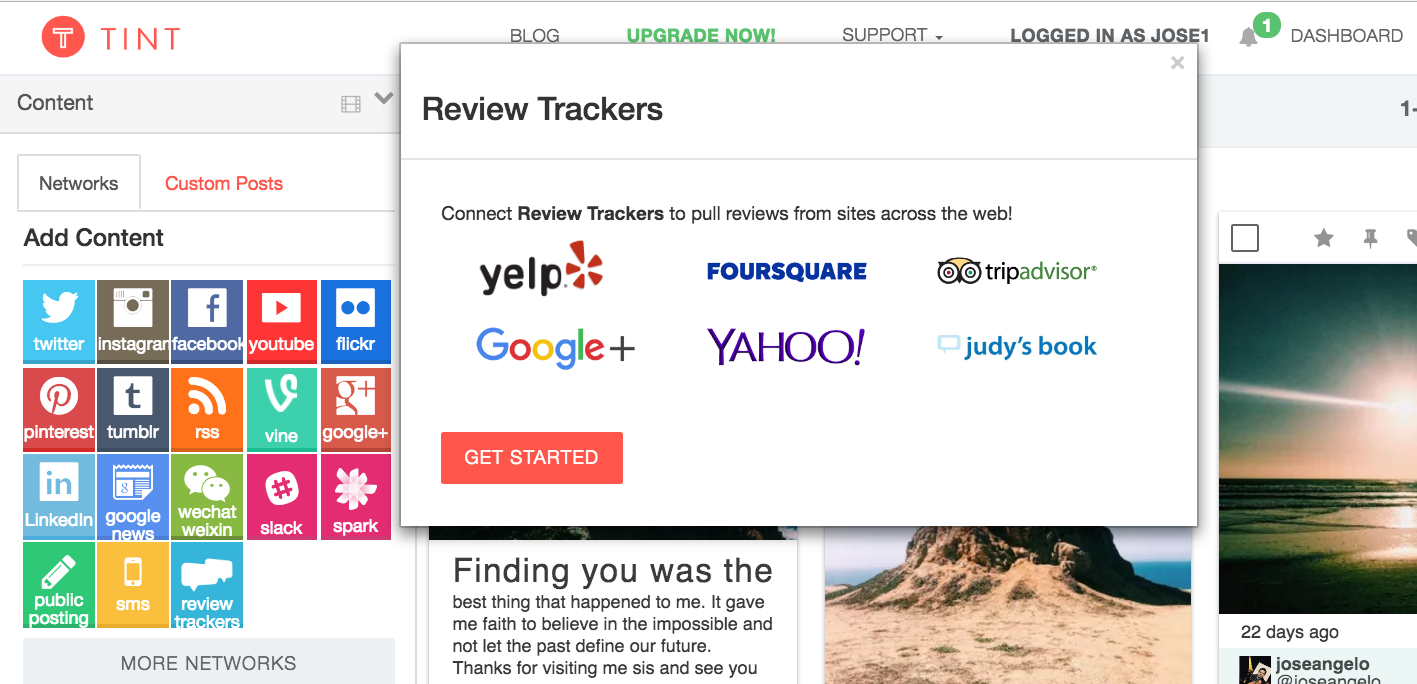In our latest release, we are bringing two new important features that allow you to use UGC in all of your marketing channels. Let’s take a look! Collect User Rights on Twitter Running low on quality content for your monthly newsletters or offline marketing assets? We’ve expanded our ability to get legal rights to customer photos from Instagram to now Twitter! Capture, request rights, and download content from your fans within minutes through our updated rights management…
Last week we learned how brands noticed higher conversion rates when using customer generated content in place of professional images in their paid ads. In fact, their customer generated content performed about 3x better than the stock content. With a rising demand for new content, brands and marketers…
Earlier this week, we talked about how user-generated content marketing is becoming the standard in successful brand strategies. With the steep rise in community content generation, brands must understand how to effectively harness the power of user-generated content, and use it a more humanized way. Thus, making it easier for…
Testimonials are an essential part of any marketing strategy. They represent the voice of the customer, which these days, is exceedingly more influential than the voice of the brand itself. TINT’s new Testimonials Theme allows brands to harness this voice from all social sources and display it in any marketing channel. Traditionally, brands have used testimonials on product pages, but as we saw in last week’s blog post, they can be used in multiple stages…
Welcome to the very first blog post featuring TINT release notes! Here, we will cover feature releases as well as any significant updates to the TINT platform, providing useful insights and links to relevant documentation. For most announcements and release information, TINT users get notified in-platform as well as…
Reviews are an important component of an effective UGC strategy, allowing would be buyers of your products and services to see your brand through the eyes of customers. They highlight sentiment and real life experiences, and create a more authentic connection with your customers. TINT advanced reviews sourcing…
After the TINT content pros on our marketing team asked me to start writing about our newest features, I went out and read a bunch of “Release Notes” or other similarly rote documents about the new things that one company or another is doing. I found three common trends: these updates were written by what could only be a robot, they mostly explained functionality and not value, and they required deep expertise in their software…









